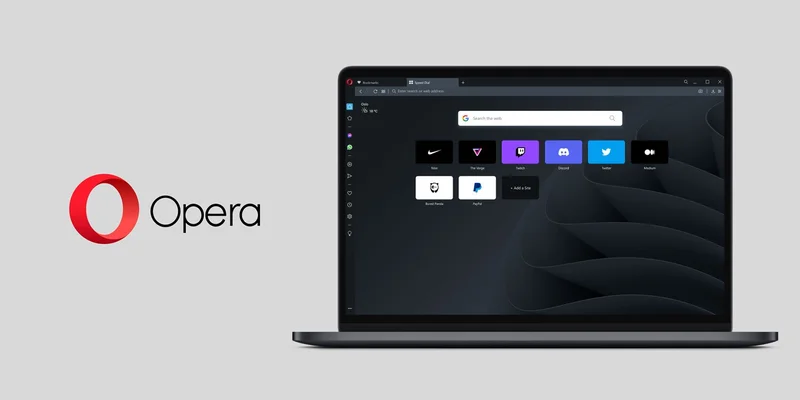Royal Caribbean Norovirus Outbreak: What the CDC Data Reveals and the Numbers Involved
The latest incident report from Royal Caribbean’s Serenade of the Seas presents a tidy, almost clinical, set of figures. During a two-week voyage (a repositioning cruise from San Diego to Miami) that began on September 19th, a gastrointestinal illness began to circulate. By September 28th, the cruise line had officially notified the CDC’s Vessel Sanitation Program (VSP). The final tally, as confirmed by federal health officials, was 71 passengers and one crew member.
Expressed as percentages, this translates to an incidence rate of roughly 4% among the 1,874 passengers—to be more exact, 3.8%. The crew, numbering 883, saw a negligible infection rate. The company, as expected, enacted its outbreak prevention plan: increased sanitation, isolation for the ill, and consultation with the CDC. The ship is scheduled to arrive at PortMiami on October 2nd, where the event will officially conclude and become another data point in the VSP’s database.
On the surface, this is a textbook case of a contained outbreak managed by protocol. The numbers are precise. The response is documented. The event even has a clear precedent within the same company from earlier in the year; in July, the Navigator of the Seas reported a similar outbreak affecting over 140 individuals. The system, it seems, works. An outbreak is defined by the VSP as 3% or more of passengers or crew reporting symptoms. The Serenade of the Seas crossed that threshold, the report was filed, and the case will be closed.
But this is where the simple narrative of the numbers becomes misleading. My analysis of these situations rarely focuses on the reported figures themselves, but rather on the mechanism that generates them. The data isn't a perfect reflection of reality; it's a reflection of a specific, narrow definition meeting a reporting requirement.
The Reporting Threshold: Where Sickness Becomes a Statistic
The Reporting Threshold as a Filter
The critical detail is not the 3.8% figure, but the definition of what constitutes a reportable case. According to the CDC, a passenger must be evaluated by the ship's medical staff and meet the case definition for acute gastroenteritis (AGE). That definition is remarkably specific: three or more loose stools within a 24-hour period, or vomiting combined with at least one other symptom like diarrhea, muscle aches, or fever.
This is a high bar. It’s a definition designed for epidemiological tracking, not for capturing the full spectrum of passenger wellness. We are not measuring how many people felt unwell. We are not measuring how many people had two loose stools, or a day of nausea and abdominal cramps without vomiting. We are measuring how many people became ill enough, and were willing enough, to report to the medical bay and have their symptoms officially cataloged against a strict set of criteria.

I’ve looked at hundreds of these corporate filings and risk disclosures, and the methodology here is a classic example of what I call "liability-defined data." The 3.8% figure is not the percentage of people who got sick. It is the percentage of people whose sickness became an official, reportable liability for the cruise line. The true number is, by definition, higher. How much higher is impossible to know, but to assume the official tally represents the full scope of the problem is a fundamental misinterpretation of the data.
Consider the incentives at play. A passenger suffering from a milder case of norovirus faces a choice: report your symptoms and face immediate isolation in your cabin for the remainder of your expensive vacation, or attempt to ride it out quietly. The rational choice for many, particularly those who don’t cross the severe threshold of the AGE definition, is to simply stay in their room, order bland food, and hope for the best. These individuals never enter the official data set. They become invisible, uncounted variables that exist outside the sanitized confines of the CDC report.
Royal Caribbean’s response—enhanced cleaning, disinfection—is the correct operational procedure. But the public-facing numbers serve a different function. They create an illusion of precise measurement and control over an inherently chaotic and unpredictable variable: a highly contagious virus in a densely populated, closed environment. The unsinkable variable isn't just the norovirus itself, but the statistical certainty of its appearance over a large enough sample size of voyages, and the statistical ambiguity of its true impact.
The company collected stool samples for testing, which confirms they are following protocol. The VSP is monitoring remotely, which confirms the regulatory apparatus is functioning. But none of this changes the fundamental nature of the primary data point. The 71 passengers are not the outbreak; they are merely the visible, reportable tip of it. They are the data points that were severe enough and compliant enough to be counted. The rest is just an unknown, a margin of error that every passenger implicitly accepts the moment they step on board.
The Quantifiable Floor
The final analysis is this: the official numbers in these cruise ship outbreaks should be treated not as an accurate measure of incidence, but as a quantifiable floor. The reality of the situation is guaranteed to be worse than the report suggests. The only unknown is the magnitude of the discrepancy. This is not a failure of Royal Caribbean, specifically, but an inherent feature of the entire reporting system. It is a system designed to manage regulatory compliance, not to provide a transparent accounting of passenger health. The numbers are clean, the protocols are clear, but the human reality is inevitably messier.
---
The Denominator of Discomfort
My final take is this: The most important number isn't the 3.8% of passengers who met the clinical definition of an outbreak. The most important number is the one we will never know—the total number of passengers whose vacation was compromised by some level of gastrointestinal distress. The CDC report measures the point at which a health issue becomes a public relations problem. It does not, and cannot, measure the actual denominator of discomfort. For the consumer, this means the published risk is always an underestimate.
Reference article source:
Related Articles
FICO's Latest Scheme Sends Stock Soaring: What It Actually Means and Who Pays the Price
So, FICO is letting mortgage lenders buy its magic numbers directly now. The press release, offcours...
Zcash's Breakthrough: Why It's Surging and What the Community Thinks Is Next
I have to be honest with you. For the past few years, watching the Zcash (ZEC) chart has felt like w...
The AtomOne Fork: An Analysis of the Co-Founder Split, the Controversy, and What the Data Shows
A search for the term "AtomOne" presents a clean, almost perfect, case study in technological diverg...
Monero's Privacy Push: Price Surge vs. Bitcoin and Zcash – What Reddit is Saying
The Privacy Coin Pump: An Anomaly or the New Normal? Monero (XMR) is up 15% today, hitting $418. Zca...
ChainOpera AI's $4 Billion Valuation: What the Numbers Actually Say About Its Growth
The spectacular implosion of a financial asset is always instructive. But the case of ChainOpera AI’...
The Zcash 380% Rally: A Data-Driven Look at the 'Privacy Revival' Thesis
An asset left for dead doesn’t typically surge 380% in a month. Yet, here we are with Zcash (ZEC), a...





